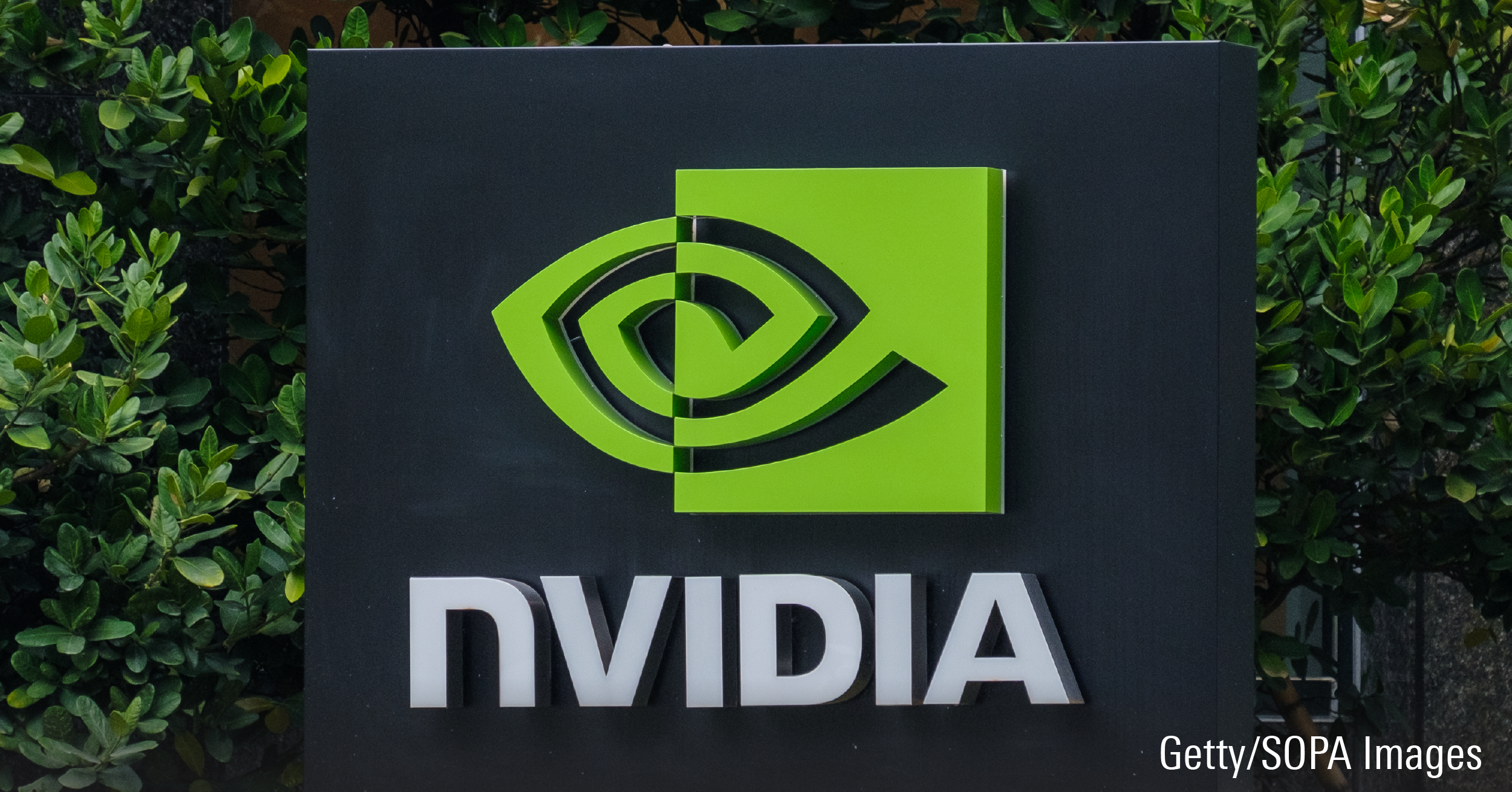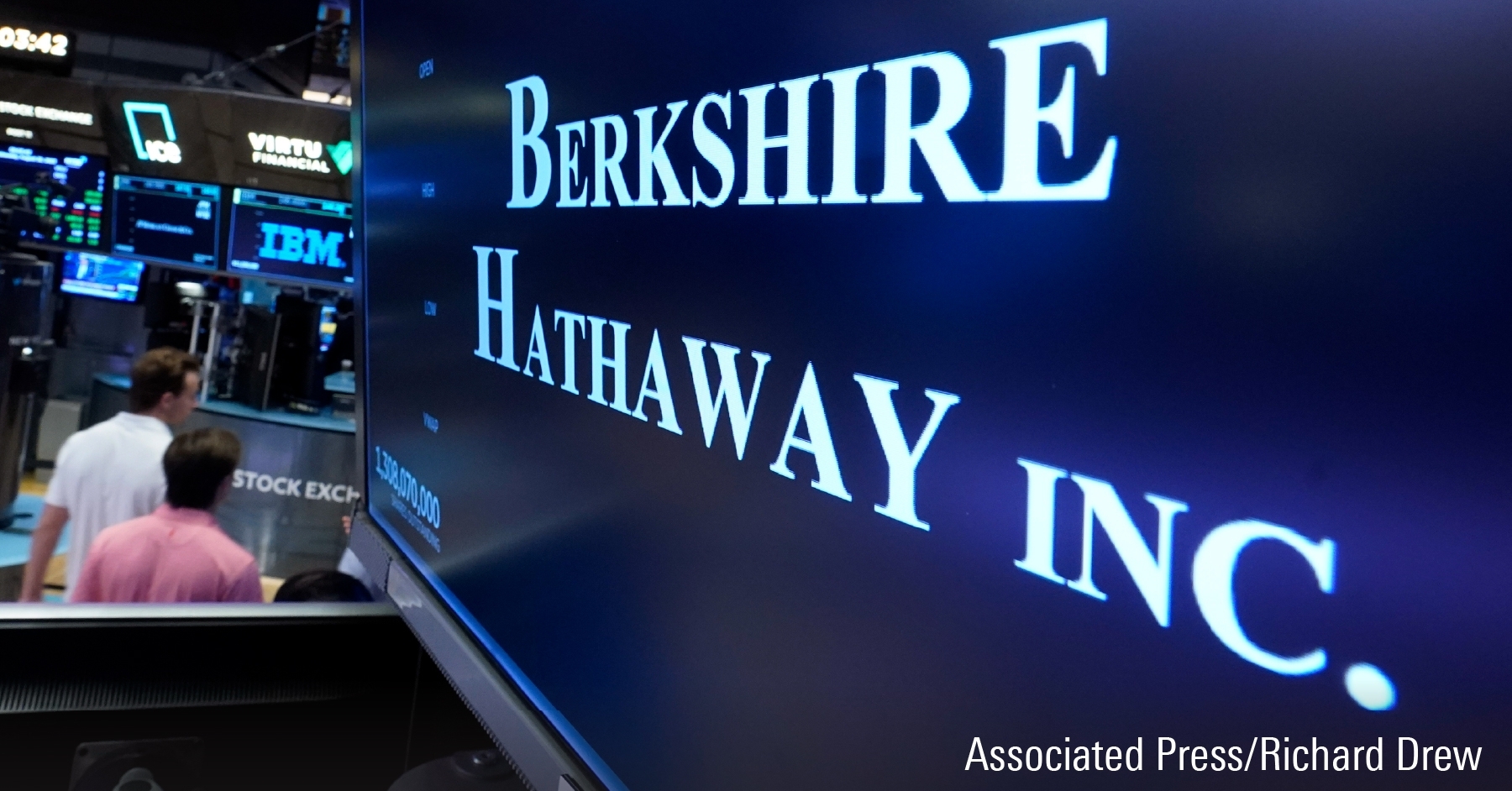Jake VanKersen: I'm Jake VanKersen, video producer from Morningstar. And I'm en route to pick up Ali Mogharabi from Morningstar research services to get his take on the Lyft IPO.
Ali Mogharabi: Hey Jake, how are you, man?
VanKersen: Good, you?
Mogharabi: Not bad, not bad.
VanKersen: Hopefully not too cold out there?
Mogharabi: No, no. You got here on time, so that's good.
VanKersen: Yeah, Chicago springs. OK Ali. First things first: What we want to know is, what is Lyft worth, what is its fair value estimate, and why?
Mogharabi: Yeah Jake, it's a pretty interesting company. It's the second largest ride-sharing company in United States. And it's actually gaining market share, in a market that we think is worth around $500 billion. So, with pretty strong top-line growth, and profitability, probably by 2022, we think Lyft could be worth around $24 billion.
VanKersen: Morningstar thinks that Lyft has established a narrow moat based on competitive advantages. What are those advantages?
Ali: Yeah, one of the competitive advantages, or moat sources that it has is the network effect, which basically means that on that Lyft platform, both the riders and drivers benefit. Initially, riders were attracted to the platform, to the app because it was easy to use and because of that unique on-demand service that it was providing. And, as more riders jumped on the app, that attracted more drivers, because that was one way for them to, of course, make money, and also complete additional rides. As the number of drivers increased, then the overall service improved, the timeliness of completely those rides and so forth. So that in turn, attracted even more riders. So that virtuous cycle actually took place, which we refer to as the network effect. And we think it's sustainable. And that's one competitive advantage.
The other one is the intangible asset that it compiles, or data. And we think that it can actually utilize that data to improve its services even more. For example, to help the drivers complete more rides, and also, of course, to improve the overall rides that it provides for the riders, in terms of completing them more quickly and accurately.
VanKersen: Which is good, because we all know that Lyft isn't the only rideshare app on the block. There's also Uber, which also has an upcoming IPO. How are these two companies different?
Mogharabi: Well, let me start out with the similarities, Jake. They're very similar when it comes to ride-sharing, and the last mile. And the last mile is conducted through bike-sharing and scooter-sharing. Both of these companies provide that. Now, Uber also provides some additional services, such as food delivery or Uber Eats. And also logistics. And also Uber is more widely available internationally. Lyft is currently focused more on the U.S. and Canada markets. We think that narrower focus could actually help it along the way to a certain extent where it's pretty much avoiding some bumps on the road, especially from an international regulatory standpoint.
VanKersen: OK, so regulation. Whenever you talk about Lyft and Uber, regulation is always in the atmosphere. Is that something that investors should be concerned about?
Mogharabi: Yeah, to a certain extent. As you know, additional regulatory measures bring about additional costs for the company. So it could impact the operating margin of Lyft. However, we also view it as something that could create a barrier to entry for newer and smaller players. Make it a little bit more difficult, make it, of course, a little bit more costly for smaller, or newer players to come into this space, and compete with Lyft and Uber. So, additional regulatory measures could actually help Lyft and Uber maintain their market leadership position.
VanKersen: And the last thing I want to ask you about is the fact that Lyft is giving their drivers a chance to participate in the IPO. How does that work?
Mogharabi: Yeah Jake, actually, in their filing they mention that they basically gave their drivers cash bonuses on March 19. So the way it works out is that the drivers that had completed between 10,000 and 20,000 rides, they got $1,000 in cash bonus. And then the ones that had completed over 20,000 rides, they got $10,000 in cash bonus. Now, what's attractive about that for the drivers is that they have the option to actually use that cash bonus to purchase Lyft shares at the IPO price. So it could give them a pretty good opportunity to invest in the company with which they're working.
VanKersen: This has been great. Thank you for providing us with all this information. We are at your destination.
Mogharabi: Beautiful. Morningstar building, right here. Thanks Jake.
VanKersen: No problem.
Mogharabi: I will talk to you soon.






















